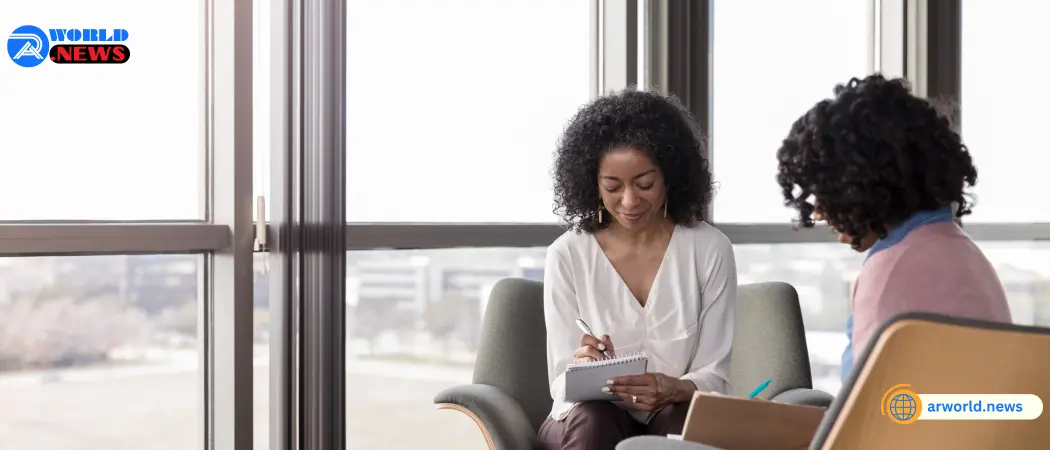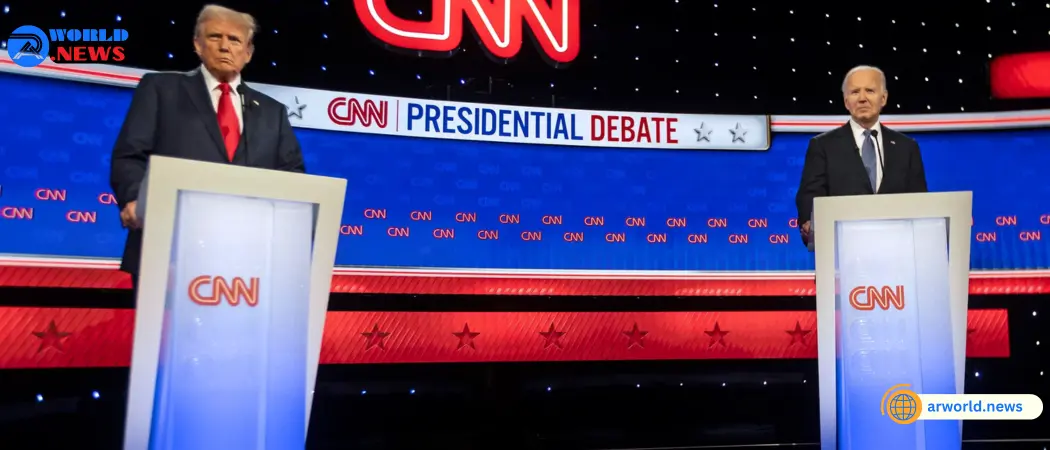Israel has announced it carried out a series of preemptive strikes in southern Lebanon to prevent Hezbollah from launching a large-scale missile and drone attack.
Israel’s military reported that jets destroyed thousands of missile launchers belonging to the Iran-backed armed group on Sunday morning. Hezbollah and its allies said three fighters were killed.
Hezbollah said it was still able to fire 320 missiles and drones into Israel in revenge for the killing of a top commander. According to the Israeli military, one Israeli navy soldier was killed.
Following ten months of hostilities that have stoked worries of an all-out war, the United States says it is attempting to prevent further escalation.
Since the day after Israel and Hamas launched their assault in Gaza on October 7, there have been virtually daily exchanges of fire over the Israel-Lebanon border.
There was no breakthrough at the most recent session of US-backed Gaza peace negotiations in Cairo.
Before leaving, Hamas said it rejected new Israeli requirements and accused Israel of breaking promises. Israel denies modifying its demands since the previous round of discussions in early July.
Hezbollah has stated that it is supporting the Palestinian faction, which is sponsored by Iran.
Israel, the United Kingdom, and other countries have all designated Hamas and Hezbollah as terrorist organisations.
Since October, Lebanon’s health ministry has recorded killing over 560 people; the vast majority of them are Hezbollah members, while Israel has killed 26 civilians and 23 soldiers, according to authorities.
The UN reports that almost 200,000 people have been displaced on both sides of the border.
Israel’s bombardment on Hezbollah at roughly 04:30 (01:30 GMT) on Sunday was the largest since their full-fledged war in 2006.
The Israel Defense Forces (IDF) reported that over 100 fighter jets had “struck and destroyed thousands of Hezbollah rocket launcher barrels” in over 40 regions in southern Lebanon.
According to IDF spokesman Rear Admiral Daniel Hagari, the attacks took place after Hezbollah’s “extensive preparation” for a large-scale aerial attack was uncovered.
According to Lebanon’s state-run National News Agency, Israeli aircraft targeted Beaufort Castle, the Bir Kalb area, and the environs of Ain Qana, Kfar Fila, Louaizeh, Bsalia, Kfar Melki, Sajd, and Sarba.
According to a Zibqeen local, it “felt like the apocalypse.”.
What is Hezbollah?
The Lebanese Ministry of Public Health said that one person was killed in a drone strike on a car in Khiam. The Amal organization reported that one of its fighters from the hamlet had been murdered.
The government also stated that an Israeli attack on the town of Tiri killed two people. Hezbollah reported the deaths of two fighters from nearby Haris but did not provide any specifics.
“What happened today is not the end of the story,” said Israeli Prime Minister Benjamin Netanyahu during a cabinet meeting.
In addition to destroying short-range missiles, Mr. Netanyahu stated that the IDF intercepted all drones launched by Hezbollah at a “strategic target in the center of the country.”
“[Sheikh Hassan] Nasrallah in Beirut and [Ayatollah Ali] Khamenei in Tehran need to know that this is an additional step in changing the situation in the north,” he cautioned the Hezbollah and Iranian leadership.
Foreign Minister Israel Katz stated that he had told dozens of his counterparts across the world that Israel did “not seek a full-scale war” but would “do whatever it takes to protect our citizens.”.
Shortly after the Israeli strikes, Hezbollah announced that it had targeted and hit 11 Israeli military facilities in Israel and the occupied Golan Heights with over 320 Katyusha rockets.
It portrayed the onslaught as a response to the death of senior military commander Fuad Shukr, who was assassinated by an Israeli strike in Beirut on July 30.
The group stated that the mission had been “completed and accomplished” and dismissed Israel’s claims that their attacks on Sunday had averted a larger attack as “empty.”.
Video captured explosions in the sky as incoming missiles were intercepted by the Iron Dome air defense system.
Later, the IDF reported that an Israeli Navy soldier had died “during combat in northern Israel” without offering any other information.
According to Israeli media, he was killed in an incident involving a Hezbollah drone and an Iron Dome interceptor near a Dvora patrol boat approximately 4 kilometers from the Lebanese border.
Hezbollah leader Hassan Nasrallah stated in a televised address on Sunday evening that the group had struck a military intelligence base roughly 110 kilometers (68 miles) within Israeli territory, which was only 1.5 kilometers (0.9 miles) from Tel Aviv.
According to a Reuters translation, he stated that Israel was able to carry out its planned strike and that all drones were safely launched into Israeli airspace.
He cautioned that the group will respond again if the results are judged insufficient.
Lebanese Prime Minister Najib Mikati, whose government has little influence over Hezbollah, stated that he was “holding a series of contacts with Lebanon’s friends to stop the escalation.”.
He called for an end to “Israeli aggression” and the execution of the UN Security Council decision that concluded the 2006 war.
Mr. Mikati also emphasized Lebanon’s support for international attempts to mediate a Gaza cease-fire and hostage release agreement between Israel and Hamas.
Jake Sullivan, the White House national security advisor, expressed confidence that the new fighting would not escalate into a regional war.
The US regards a deal as critical to de-escalating tensions along the Israel-Lebanon border, since Hezbollah has stated that it will only cease hostilities if the conflict in Gaza has ended.




